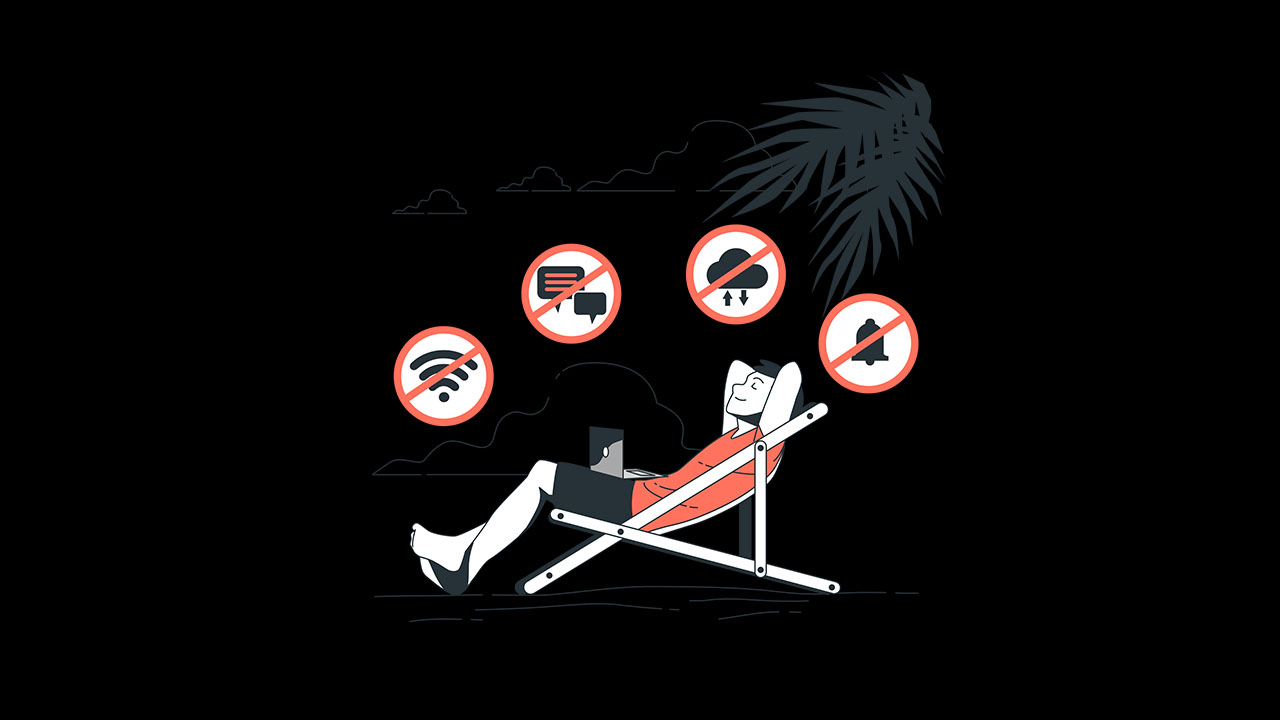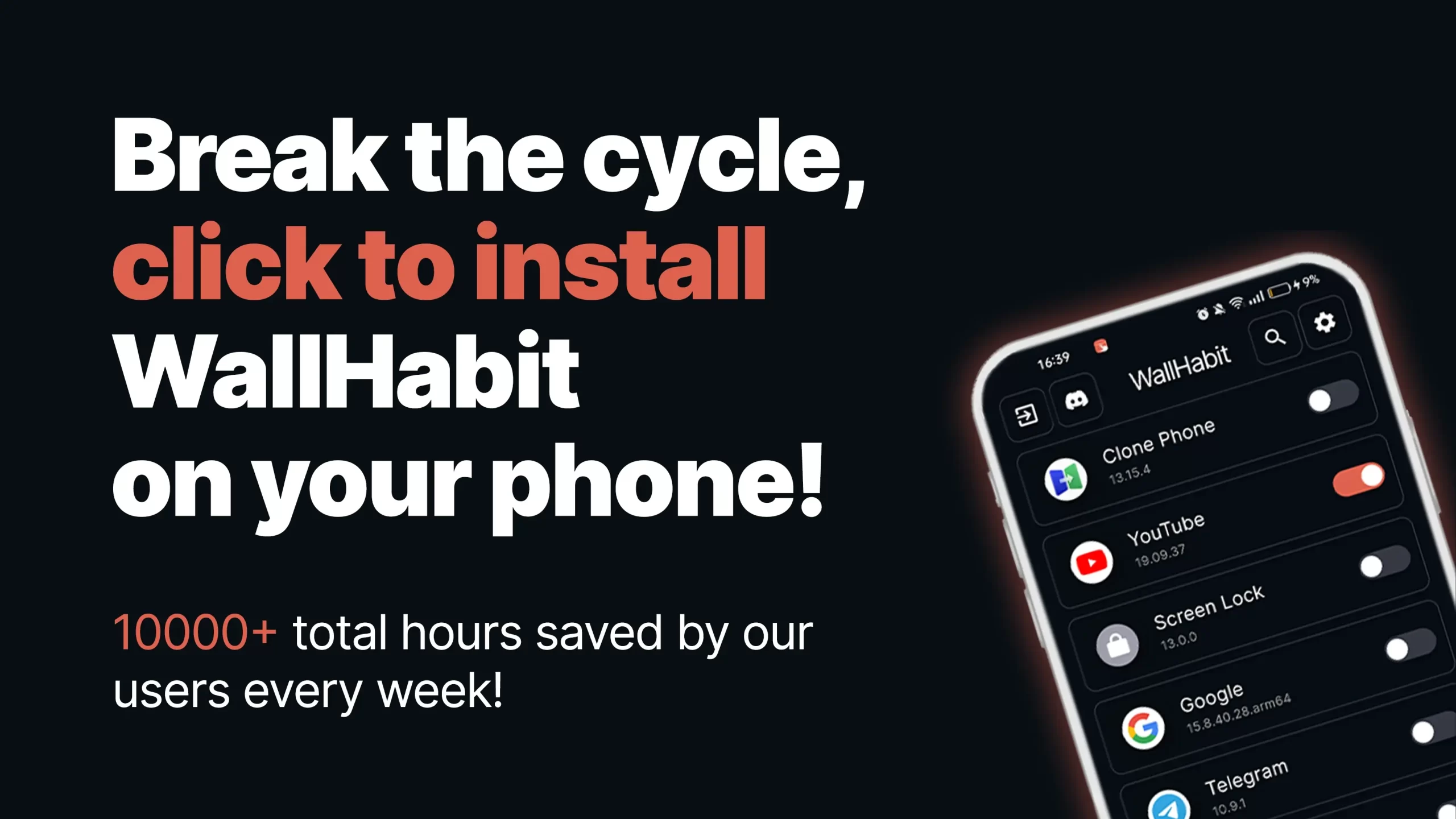In a world where screens dominate our daily lives, a digital detox is a deliberate effort to take a break from digital devices. This includes smartphones, tablets, computers, and even televisions. The goal is to reduce screen time and reconnect with the physical world around us. It’s about finding balance and improving our well-being by stepping away from the constant stream of information and digital distractions.
A digital detoxification can vary in duration and intensity. Some people choose to disconnect for a few hours a day, while others might go offline for an entire weekend or longer. Regardless of the length of time, the purpose remains the same: to reset our minds, reduce stress, and gain a fresh perspective on our digital habits.
What Happens During a Digital Detox?
When you embark on a digital detox, several changes start to take place. Initially, you might experience a sense of withdrawal. This is because our brains have become accustomed to the constant stimulation from screens. It’s normal to feel a bit restless or even anxious at the start. However, as time progresses, you’ll likely notice a shift.
Without the constant ping of notifications, your mind begins to calm down. You may find that you have more time to think, reflect, and engage in activities that you enjoy. Reading a book, going for a walk, or simply spending quality time with loved ones becomes more rewarding when not interrupted by digital distractions.
Moreover, a digital cleanse can improve your sleep. The blue light emitted by screens can interfere with the production of melatonin, a hormone that regulates sleep. By reducing screen time, especially before bed, you can enhance the quality of your sleep, leading to better overall health and increased energy levels.
How to Detox Digitally
Starting a digital detox doesn’t require drastic measures. You can begin with small steps that gradually reduce your reliance on digital devices. One effective approach is to set specific goals for your screen time. For example, you might decide to limit social media use to 30 minutes a day or designate certain hours of the day as “screen-free.”
Creating physical barriers can also be helpful. Designate certain areas of your home as no-tech zones. The bedroom is a good place to start. Keep devices out of this space to create an environment conducive to rest and relaxation.
Engage in activities that don’t involve screens. Pick up a hobby that you’ve always wanted to try or spend time outdoors. Physical exercise, in particular, can be a great way to divert your attention from screens while improving your physical and mental health. This is a key part of how to detox digitally in a sustainable and enjoyable way.
How to Detox from Your Phone
Detoxing from your phone can be one of the most challenging yet rewarding aspects of a digital detoxification. Smartphones have become an integral part of our lives, but taking a break from them can have significant benefits.
Start by turning off non-essential notifications. Constant alerts can create a sense of urgency and distract you from more meaningful activities. Prioritize which apps and notifications are truly important and silence the rest.
Consider setting specific times to check your phone. For instance, you could check messages and social media only in the morning and evening. This reduces the temptation to constantly pick up your phone throughout the day. These small changes form the foundation of how to do a digital detox effectively.
Using Digital Detox Apps
Digital detox apps can be a valuable tool in your journey to reduce screen time. One such app is WallHabit. This app acts as a commitment device, helping you manage and limit your phone usage in several effective ways.
WallHabit offers features like “hold to unlock,” where certain apps are placed behind a virtual wall. To access these apps, you need to hold down a button for a set period. This small act of friction can make you think twice about whether you really need to use the app at that moment. Additionally, WallHabit allows you to block specific types of content, such as shorts and reels, which can be major time-wasters.
1 Week Digital Detox Plan Using WallHabit
If you’re looking to start a digital detox, a structured plan can be incredibly helpful. Here’s a simple one-week plan using WallHabit to guide you through the process:
Day 1-2: Identify Your Triggers
Spend the first two days identifying the apps and activities that consume most of your time. Use WallHabit to monitor your usage and set initial limits on these apps.
Day 3-4: Implement Restrictions
Start using WallHabit’s “hold to unlock” feature for your most distracting apps. Block content that is particularly addictive, such as shorts and reels. Aim to reduce your screen time by 20%.
Day 5-6: Explore Alternatives
Find offline activities to replace your usual screen time. This could be reading, going for a walk, or spending time with friends and family. Use WallHabit to enforce breaks and encourage these activities.
Day 7: Reflect and Adjust
Take some time to reflect on the past week. Assess what worked and what didn’t. Adjust your WallHabit settings accordingly and set new goals for the coming week.
6 Benefits of Digital Detoxing
Embarking on a digital detox can yield numerous benefits for your mental and physical well-being. Here are six key advantages:
- Improved Mental Health: Reducing screen time can decrease stress and anxiety levels. Without the constant barrage of notifications and information, you can focus more on yourself and your mental health.
- Better Sleep: As mentioned earlier, cutting down on screen time, especially before bed, can improve the quality of your sleep. Better sleep leads to higher energy levels and improved overall health.
- Increased Productivity: Without the distraction of digital devices, you can become more focused and efficient in your tasks. This can lead to increased productivity both at work and in your personal life.
- Enhanced Relationships: Spending less time on screens allows for more quality time with loved ones. This can strengthen relationships and create more meaningful interactions.
- Greater Creativity: With fewer digital distractions, your mind has more space to wander and think creatively. You might find yourself coming up with new ideas or finding new interests.
- Physical Health Benefits: Less screen time often means more time for physical activities. Whether it’s a walk in the park or a workout session, these activities contribute to better physical health.
Conclusion
A digital detox is a valuable practice in our screen-dominated world. By intentionally reducing our digital consumption, we can improve our mental and physical health, boost productivity, and enhance our relationships. Tools like WallHabit can make this process easier by providing structured ways to limit and manage screen time.
Whether you choose to detox for a few hours or a whole week, the benefits are well worth the effort. Embrace the challenge, and rediscover the joys of a balanced, screen-free life. Now that you understand what is a digital detox, it’s time to take the first step and reclaim control over your digital habits.

